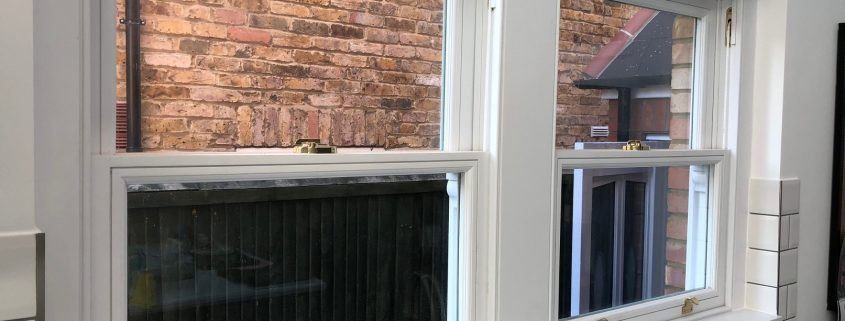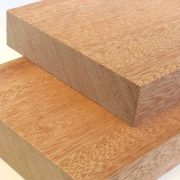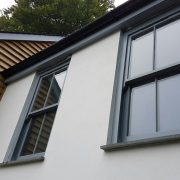What U-Value Should your Timber Windows Have?
When you are looking for a new set of Timber windows, there’s one metric that you’re almost certain to encounter, the ‘U’ value. This number is a way of describing a window’s thermal efficiency, but what does it mean? What is the best U-value Timber window, and what is the U-value of double glazing?
How Does U-Value Work?
Let us start with some definitions.
A U-value is a measure of heat energy moved through a given area of material in a given period of time. This might be a Timber window, but it might equally be a wall or a door. It’s most often measured in watts per metres squared, when the difference in temperature between the two sides is one-degree Kelvin. Given that that’s a bit of a mouthful, we tend to say ‘W/m2K’ instead.
It’s important to note here that the U-value of a given window refers to its efficiency per square metre. So, two windows might have the same U-Value, but transmit heat at different rates because one is a different size to the other.
The lower its U-value, the better an insulator the window will be. If you’re aiming for the most thermally efficient house possible (as most of us are, cost permitting), you should almost always go for the Timber window of the lowest U-value.
How to Calculate the U-Value of a Window
If you’re buying a new Timber window, you’ll be able to see its U-value advertised by the manufacturer. Unfortunately, calculating a window’s U-value yourself isn’t particularly easy, nor are your calculations likely to be totally accurate.
For example, not every glass panel is manufactured to the exact same standards, and what stacks up in a laboratory might not translate into the real world. While there are bodies like the BFRC (which we’ll discuss in a minute) there to maintain quality standards, it’s important to treat claims about efficiency with a degree of scepticism.
Secondly, the glass panel isn’t the only thing you need to consider – the window frame also conducts heat, and will contribute to the thermal efficiency of the window. While it’s possible to account for this in your calculation, given that the interior of a window frame is made from a range of different materials, doing so can be very difficult.
To comply with building regulations, windows (like every other element of your property) must meet a certain minimum U-value. In the case of a window, it’s 1.6 W/m2K. Double-glazed windows, filled with argon, are typically 1.4 W/m2K, while thicker triple-glazed windows can go as low as 0.7 W/m2K.
The British Fenestration Rating Council provide a colour-coded rating system to help homeowners distinguish between different qualities of window. Good windows which keep the heat in are rated A or above. Bad ones are rated E or below. While this rating system is easy to follow, and will prevent buyers from making a mistake they will regret for years, it isn’t quite as specific as the U-value. As such, when you are looking for windows, we’d suggest looking for the U-value and spending your money accordingly. Obtaining a quote for windows with a good u value is easy.
Ultimately you will need to look beyond the lettered rating, and look at the U-value.















Leave a Reply
Want to join the discussion?Feel free to contribute!